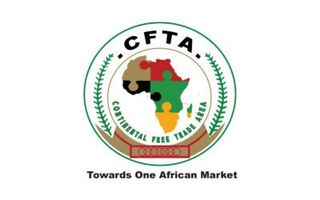International Trade
International trade has experienced continuous growth over decades. The GATT and its successor the World Trade Organization have been the symbol of this success story. But with the emergence of trade blocks, formed by mega regional trade agreements, and more unilateral trade measures, the multilateral trade system is facing significant challenges. In this section we will analyse trends in international trade surrounding the WTO, free trade agreements and individual countries.
Multilateral Trade System in Crisis
The disintegration of the WTO's Appellate Body
Dispute Settlement in the World Trade Organization (WTO) has long been a success story. However, with the suspension of its review process it has entered a crisis mode with important Member States arguing over the future of the organization. Incapable of agreeing on necessary reforms, states have fallen back on unilateral trade restrictions instead of using the WTO's dispute settlement process. These developments threaten the achievements of multilateral trade liberalization that have evolved over decades.
This article was first published in
Politics - International Organizations
Profiles

World Trade Organization
The World Trade Organization was established as the successor of the GATT in 1995. Today it counts 164 Member States that have devoted themselves to a rules-based system that promotes free trade and lowering still existing trade barriers.

AfCFTA
The African Continental Free Trade Agreement is a mega regional trade agreement that includes 54 of the 55 countries on the African Continent. Established in 2018, it is a fundamental cornerstone of the Agenda 2063.

European Union
The European Union has 27 Member States which form an economic and political union that entails a single market and a single currency. It is characterized by the four freedoms of movement of people, goods, capital and services.
